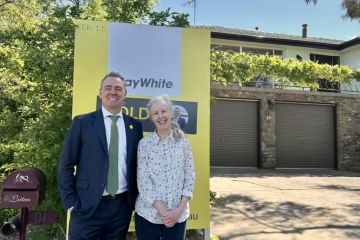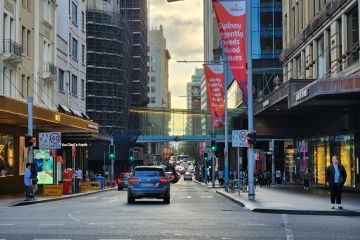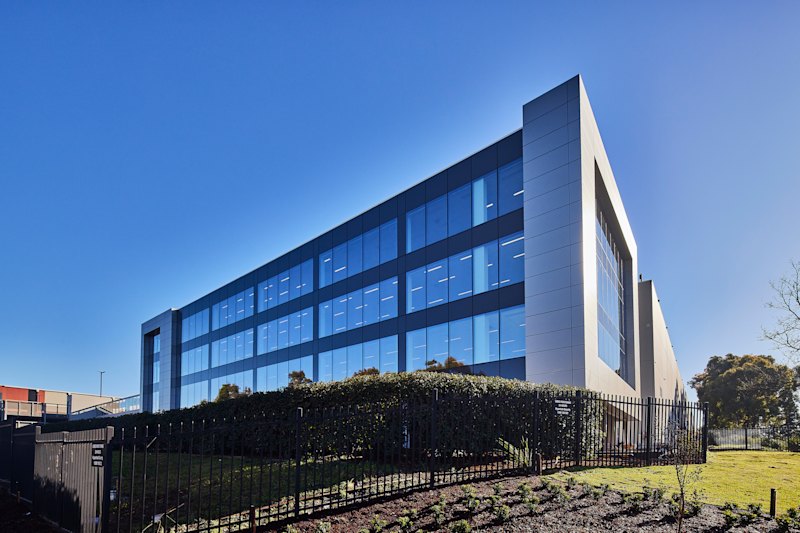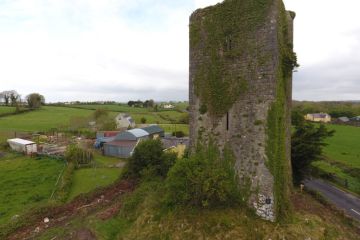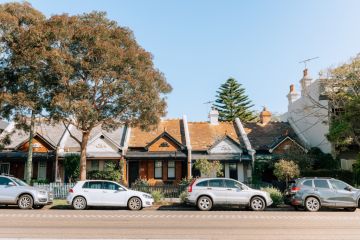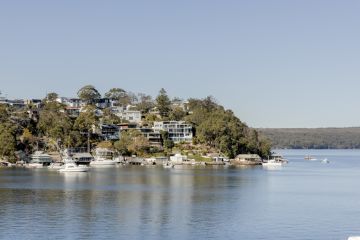Perth’s fastest growing and most expensive suburbs for units
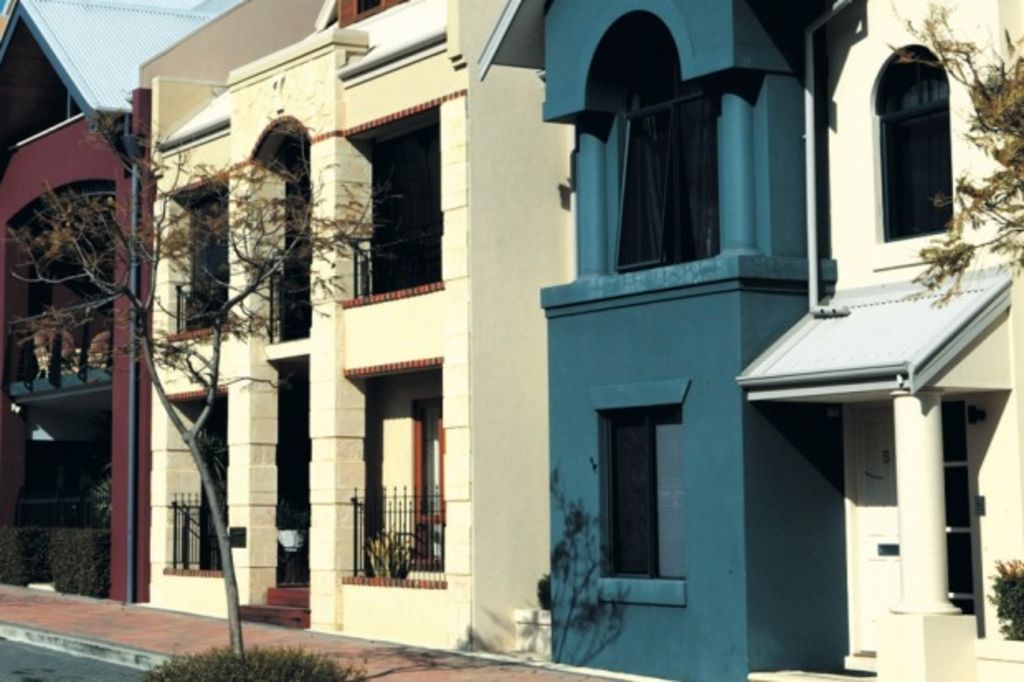
The Perth housing market has tracked backwards this year as a weakening local economy had an impact on buyer activity and confidence.
The median house price decreased by 4 per cent during the first three quarters of this year, with most of that decline occurring during the September quarter when house prices fell by 2.4 per cent.
Similar to house prices, prices for units have also fallen this year – down by 4.5 per cent to September. Recent high levels of new apartment construction have contributed to price weakness with supply moving ahead of demand in the shorter term.
Although overall unit price growth has been subdued so far this year, a number of suburbs have recorded prices growth in the year ended September.
The fastest-growing Perth suburb for unit prices was Scarborough, up by 6.1 per cent over the year to a median of $488,000, followed by Subiaco up 4.2 per cent to $550,000, Maylands up 3.3 per cent to $310,000, Morley up 2.0 per cent to $408,000, and Willetton, where the median price increased by 0.5 per cent in the year ended September to $550,000.
The top five suburbs for median unit prices recorded during the six months ended September were Applecross, with a median of $765,000, followed by Cottesloe $755,000, Nedlands $722,500, North Fremantle $697,500 and Wembley Downs $690,000.
Low and falling interest rates have been a key driver of rising buyer activity in most housing market this year. The Perth market, however, remains subdued although signs are emerging of an improvement to the local economy. Latest ABS data shows that 8917 new jobs were recorded during October compared to the previous month with the number of employed increasing by 15,198 over the year.
The Reserve Bank will meet next week for the final time this year to decide the direction of rates until the next meeting scheduled for February next year. Official rates are likely to remain on hold for the seventh consecutive month following some better economic news over the past month. The national unemployment rate dipped below 6 per cent and the stockmarket has stabilised after a period of volatility. The Reserve Bank is also likely to wait on the decision by the Federal Reserve Bank on US rates due later in December, which may have a significant impact on the local currency.
Concerns regarding an overheating Sydney housing market are now clearly misguided with recent increases in bank mortgage rates for both investors and owner-occupiers having acted to flatten that market.
A surprise cut in the rate by the RBA, however, would be welcome news for the both the Perth economy and housing market.
Dr Andrew Wilson is Domain Group Senior Economist Twitter@DocAndrewWilson
We recommend
We thought you might like
States
Capital Cities
Capital Cities - Rentals
Popular Areas
Allhomes
More

